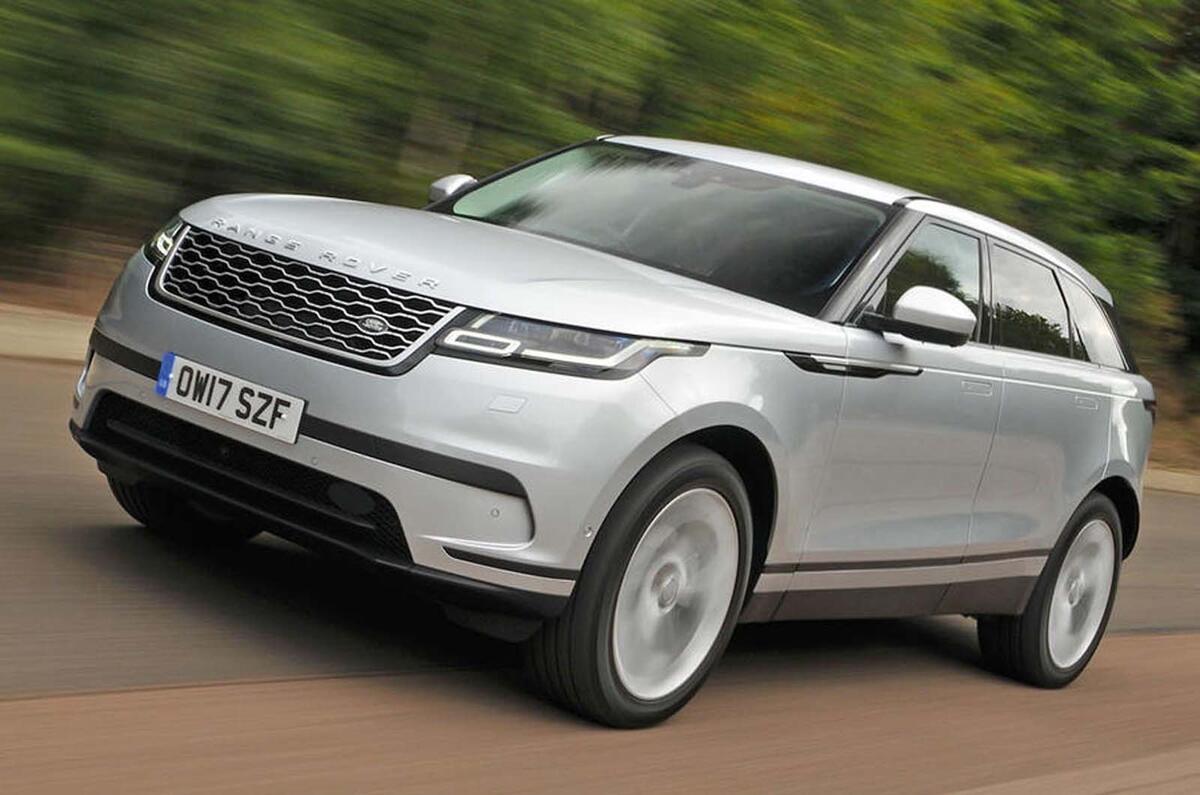The idea of a Road Rover — a genuine crossover between a Land Rover and a Rover — goes right back to 1951, when the first mock-up was created by Rover’s owners, the Wilks brothers.
This used a shortened Rover road car chassis and flat aluminium panels, like the Land Rover itself. The mock-up was ungainly, but the idea of a proper station wagon that was more luxurious than the spartan Land Rover was a sound enough idea to remain on the developmental backburner. By 1956, the idea had matured into another three-door, high-roofed estate car, but one that was longer and much more stylish. The 1956 Road Rover developed into at least nine running prototypes and was pencilled for production in 1960.
That didn’t happen. But the Road Rover philosophy — a rugged, useful car at home on the road and with some off-road ability — and the badge were much in evidence with Rover’s final crossover proposal, which became the original Range Rover. Famously, the 1967 clay model of it was photographed wearing the Road Rover script, although the name didn’t make it to production.
The Mk1 Range Rover was originally sold by Rover dealers and advertised alongside the P6 saloon as a Rover model — proof, perhaps, that it really was the first true crossover.
Related stories:
Land Rover Discovery review





Join the debate
Add your comment
This should cannibalise sales from their other models.
This should cannibalise sales from their other models. It is not different enough to win ADDITIONAL conquest sales at a higher rate than they are already doing. :( . In the great scheme of things, the net effect will be negligible in achieving the "critical mass" of ONE million a year - to guarantee their continued success and independence!
:( . In the great scheme of things, the net effect will be negligible in achieving the "critical mass" of ONE million a year - to guarantee their continued success and independence!  :( .
:( .
I stand corrected, thank you.
I stand corrected, thank you. My second point still applies though, there's no prestige/premium/desirability in the brand 'Rover'.
Rover has no prestige?
It would take investment patience and time but Rover could be reabilitated. Think of Skoda. But I prefer Road Rover as the way ahead. It would be a bit like a British Volvo but a little more luxurious.
JLR owns the Rover brand
JLR bought the Rover brand name from BMW once MG Rover collapsed to prevent the brand being used anywhere other than on Land Rover vehicles.
Correct. It was actually
Correct. It was actually bought when Jaguar and LR were in Ford ownership.